







1997: Rotting in a Ramona Field
2003: Restoration Starts. The wagon's skin had to be removed and the 1300 lb hardwood roof was rotted out. It was then we discovered everything would have to be refabricated by hand.

December 2004: Lack of money made the work progress very slow! Even so, the wagon's skin is starting to be removed and a close look at the top shows
the roof rot underneath the sheet metal.
Unduanted, we set about to contact the owner to inquire as to whether or not it was for sale. He must have sensed our excitement because he quickly quoted a price of more than $20,000.
It took several months of serious negotiations - and even some bluffing - to get the price down to the final purchase price of $8,500. But even that was a lot more money than we had at the time.
Thankfully, the San Diego Metropolitan Credit Union and Linda Rossi came to the rescue by allotting $12,500. Even though that amount represented their entire annual budget for all charities, Ms. Rossi persuaded the board of directors to finance the purchase and $4000 towards the restoration.
With a cashiers check in hand we had Road One Towing follow us to Ramona to tow the wagon to its new home. The wagon languished in its decaying state another three years due to lack of money to finance its restoration.
Restoration of any vehicle is never an easy task but imagine trying to restore one that is as rare as this one!
As the vehicle was stripped down each part was set aside and photographed so - in the event a replacement part could not be located - an exact replica could be made.
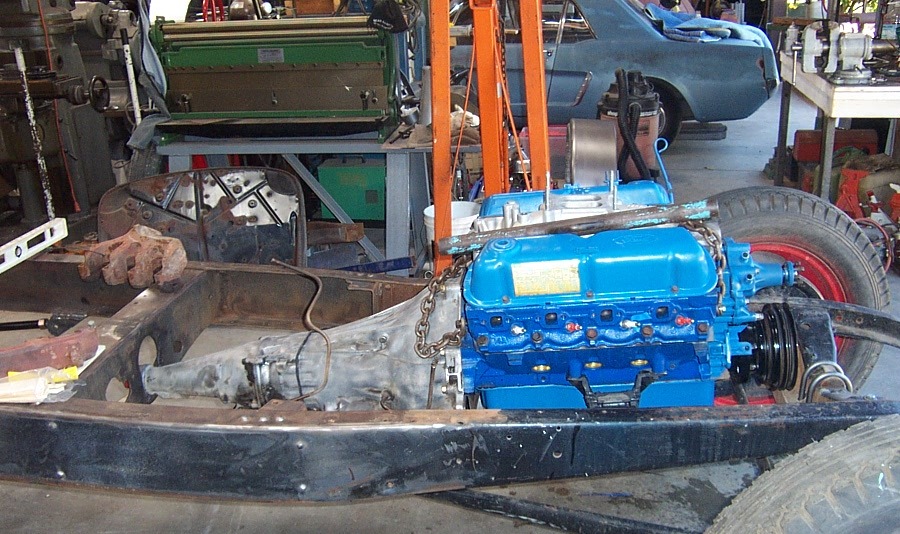
MORE ROADBLOCKS!
The "fit" was one of the biggest challenges of the restoration.
It took a lot of magic and engineering for Russ to make the big engine and modern transmission fit with the original cowling.
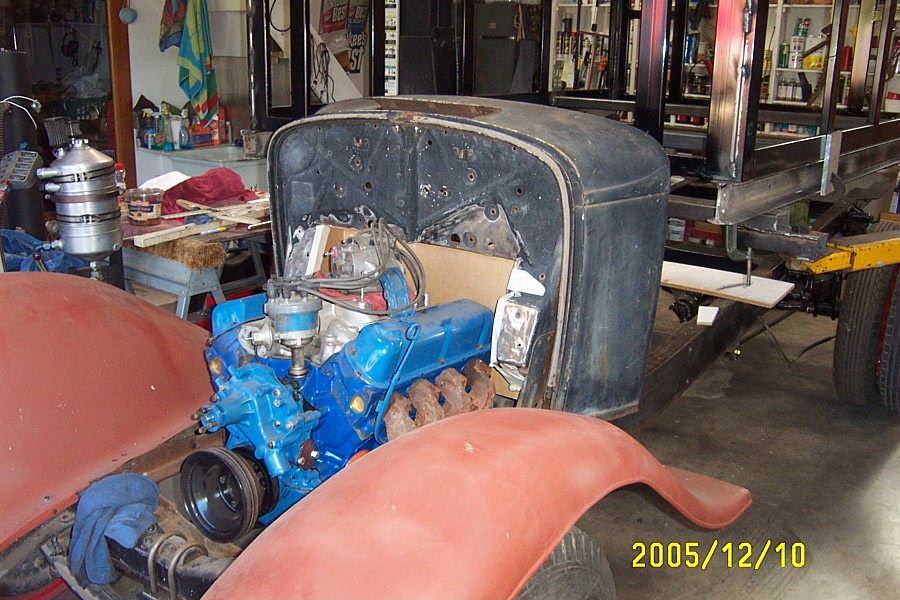
More Feats of Engineering!
Attaching the engine and transmission to the frame was only half the battle.
Next came putting on the 1932 fenders. Russ and his team had spent weeks painstakingly restoring the fenders so imagine trying to sqeeze them down to fit without denting them.
It took several weeks and multiple attempts but the team eventually got it!
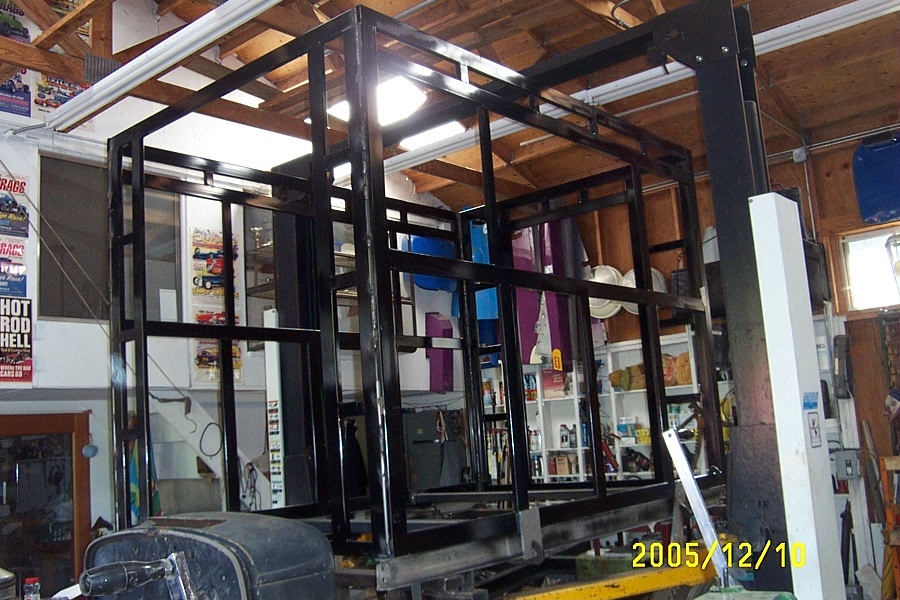
The back "box" of the wagon is starting to take shape. The wood posts are gone and have been replaced by handcrafted steel frame bars.
Speaking of bars, the ones along the side of the window were not original so they removed.
More historically correct glass windows replaced them.
As this was being done, an additional 6 inches of leg room was added to the very small cab to accomodate drivers over 5 feet 10.
The back "box" has been built and sheet metal is starting to be placed on the sides of the wagon as it is starting to take shape. The wood posts are gone and they have been replaced by handcrafted steel bars.
The additional 6 inches of leg room was hidden so the frame was not altered.
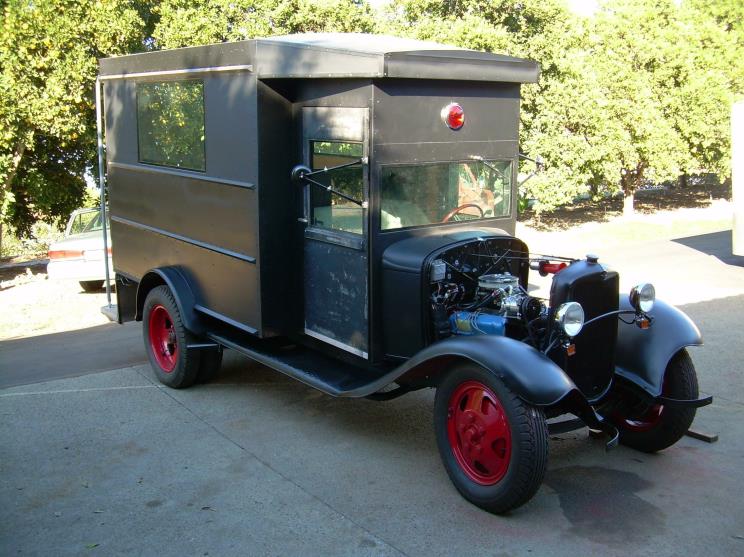
Serious progress has been made! Russ managed to salvage the original doors and the frame. Everything else has either been restored or rebuilt, the drivetrain installed and the skin is on and primered.
All thats left is the hood and a road test!
Once that was completed, the paddy wagon was sent to the paint shop for a custom job and gold leaf lettering.
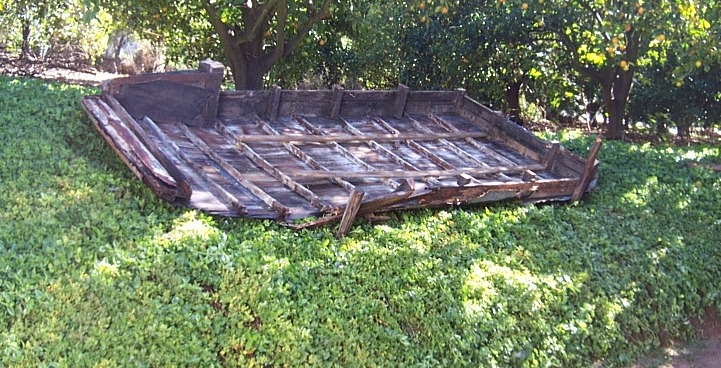

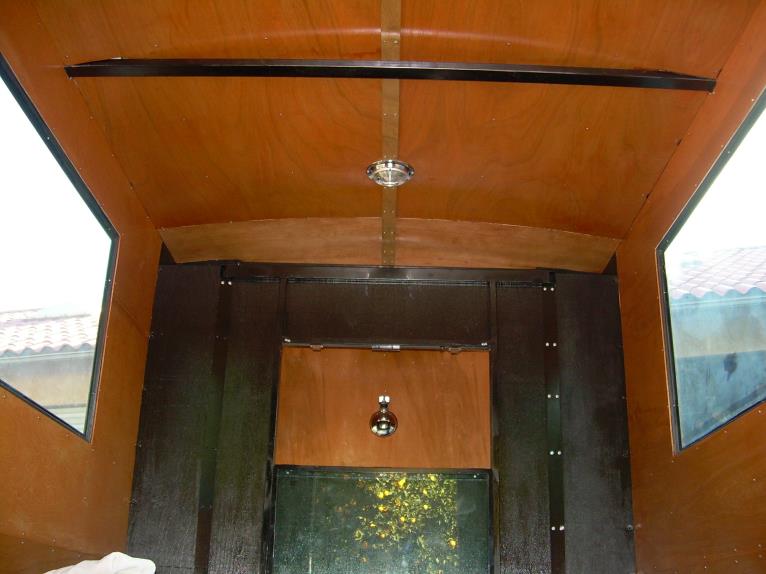
Handcrafting of the outside represented only 1/2 of the job.
There was also interior work that needed to be done. In this view from the back doors, one can see the handcrafted wood panels that insulate the inside of the vehicle.
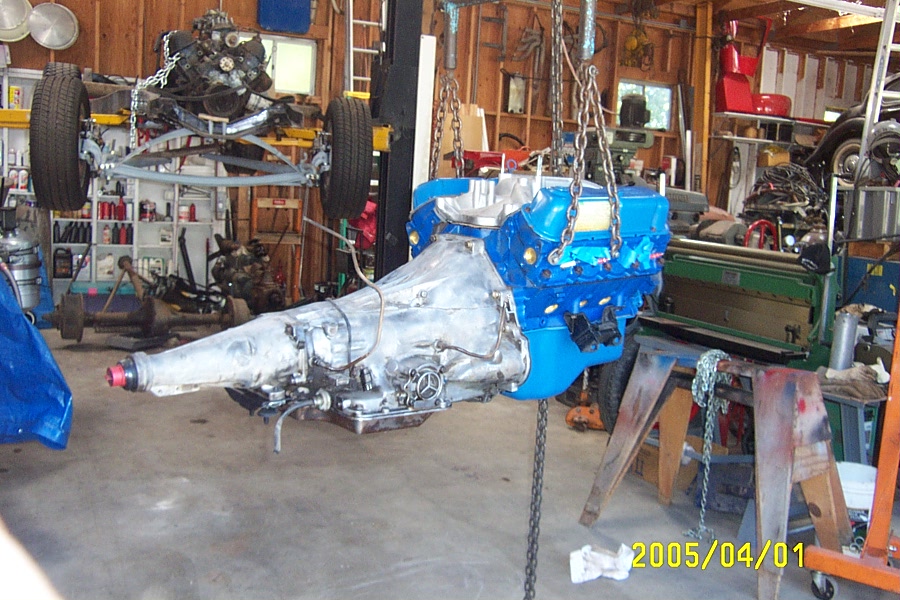
Throw on some custom paint and the siren and now you have a complete vintage paddy wagon!
When it was all said and done, the restoration took almost 10 years and tens of thousands of dollars to complete, but in the end a precious artifact was resurrected into a gem.
The San Diego Police Historical Association would like to thank the following individuals for making the Paddy Wagon restoration a reality:
The San Diego Metropolitan Credit Union
The County of San Diego - Supervisors Greg Cox and Ron Roberts
Road One Towing
Bradley's Towing
Russ Eyers
Without their dedication none of this would have been possible.
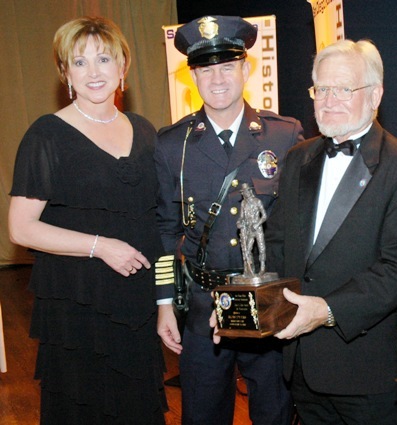
Geni Cavitt and Director Steve Rosenbloom provide Russ Eyers with his much deserved thank you - the Jose A. Cota Award for Preservation at the 2008 Legends Behind the Badge Awards Gala and Ceremony.
© SDPHA
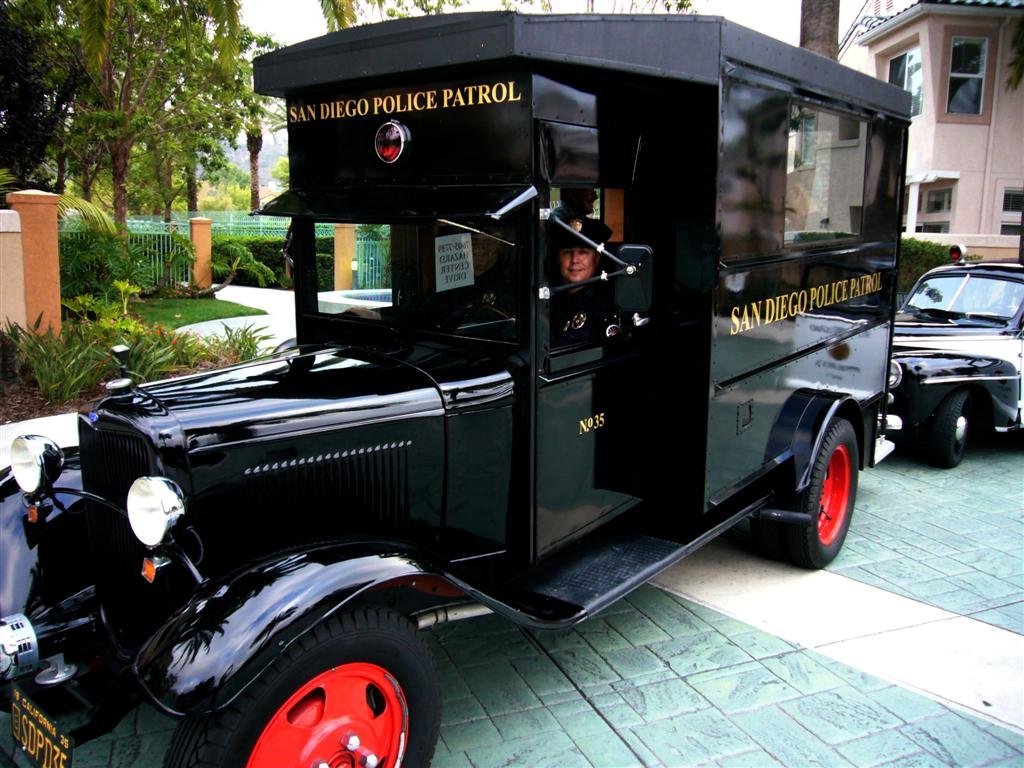
© SDPHA & Bob Lampert
The SDPHA’s 1932 Ford Prisoner Wagon is the flagship of the fleet. The vehicle was bought new and used in San Diego from 1932 until it was sold to El Cajon PD in 1945. They used it until 1962 when it was sold to a private party in Ramona.
Unfortunately, the trip to the East County almost became a death march to the cemetery for the lumbering vehicle. When we found in a field in late 1997 it was just about a basket case
As we raised some funds, we were able to complete minor projects and we even located a new engine for it, but what the wagon really needed was a complete frame off professional restoration.
That’s when the San Diego Union came to us and said they had heard about the wagon and thought maybe some media exposure might drum up some sponsors for it. Our plea eventually became a full page story in the Sunday Currents section of the newspaper. That brought forth the head of the vehicle restoration shop at Donovan State Prison with an offer – inmates were willing to do the restoration of the vehicle for just the cost of parts. Initially, it seemed like a dream come true. The inmate program had professionally restored a number of cars for the San Diego Automotive Museum and the quality of their work was incredible. So once again the paddy wagon found itself on the back of a Road One flatbed, this time to state prison.
The wagon was there for several months and not much work was being done. Director Ed LaValle was making regular trips to the prison to drop off new parts and tools yet still no progress was being made.
Even with a team of workers, roof removal turned out to be an all day task! When the 1300 pound hardwood and sheet metal top was finally removed we were shocked at the amount of rot and decay.
The new roof would be handmade all steel and coated with an all weather poly-urethane coating.
Finally, we made it a point to go down to the prison for an inspection and discovered the inmates were doing exactly the opposite of restoring the vehicle -they were systematically destroying it! It was only because guards were watching them that the vandalism – disguised as legitimate work - was occurring so slowly.
It was then we realized we were no better off than the day we bought it. We had a huge pile of a 65 year old vehicle and no money or options on how to fix it.
Enter professional race car builder Russ Eyers. SDPHA President Rick Carlson was at a party talking about the paddy wagon when Russ overheard him and stated he was looking for a restoration project to do and this sounded like something he would be very interested in.
We immediately sent Russ and his flatbed truck down to Donovan. The wagon eventually wound up in a shop owned by Russ in Valley Center. There, he and a team of workers set about on the restoration while we hit the streets to raise the needed money for the job."
In the end it took almost 10 years and more than $75,000, but the job was finally finished and the vehicle is now better than new! For his part Russ Eyers was awarded the SDPHA’s Jose A. Cota award for preservation at our Legends Behind the Badge Gala and Awards Ceremony. In accepting the award Russ admitted he agreed to do the project sight unseen but had he known the bad shape the wagon was in he would have said "no thank you."

Director Ed LaValle was able to arrange the donation of an engine and transmission from Bradley's Towing. The "new" motor and transmission was actually a custom rebuilt Ford 351 Windsor from a 1978 Ford Granada.

Finding a compatible modern drive train was one thing.
Actually making it fit the frame of the wagon was another issue entirely.

